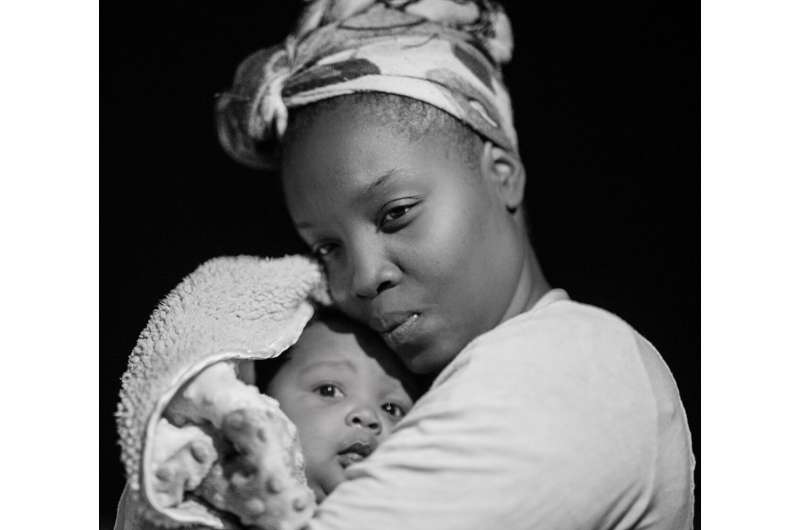Credit: Unsplash/CC0 Public Domain
Maternal health care is disappearing across the rural U.S., forcing millions of childbearing people to travel long distances to deliver a baby and for prenatal care.
Half of rural hospitals have no obstetric care, according to the American Hospital Association, leaving mothers in maternity care "deserts"—places with no labor and delivery units.
Pregnant people of color, particularly Black and Indigenous, are already at higher risk of maternal health complications and death, nearly three times more likely to die than white people. A lack of timely prenatal and obstetric care only increases those risks, experts say.
"We have higher-risk women that need more access but actually (are) less likely to get that access," said Tufts University professor Ndidiamaka Amutah-Onukagha, an expert on maternal health inequities. Mothers "have to travel further for that access, and have less resources—the perfect storm."
U.S. TODAY interviewed dozens of experts and clinicians, women and their families, and community advocates and leaders to understand and shed light on the problem in a four-part project.
Who is most affected, and how?
Overall, rural mothers are 60% more likely to die of childbirth-related causes. Childbearing people living far from obstetric care are all impacted—but not equally.
Rural Black and Indigenous mothers have higher maternal death rates than white mothers, and research shows over the past three decades, rural hospitals have been more likely to close in communities of color.
Rural Indigenous mothers have to travel some of the farthest distances to care.
How many mothers are affected?
About 12 million women aged 15 to 54 live in rural areas. In these rural areas, about 1 in 9 Native women, 1 in 16 Latina women and 1 in 26 Black women are 40 miles or farther away from the nearest maternity ward. That's the case for 1 in 28 rural white women.
Why is maternal care vanishing?
Experts say rural hospitals have trouble keeping labor and delivery units open because they are expensive to maintain. These hospitals also often rely on Medicaid reimbursements, which are much lower than reimbursement rates from private insurers. Coupled with low birth volumes, the system just isn't sustainable.
Inequities in health care also have deep roots in structural racism, experts say. Throughout U.S. history, women of color have disproportionately suffered reproductive injustices.
How has the pandemic affected the crisis?
The COVID-19 pandemic made matters worse. Since 2020, two dozen rural hospitals closed across the U.S., according to the University of North Carolina Cecil G. Sheps Center for Health Services Research.
And in 2020, the nation's overall maternal death rate increased and disparities widened, according to the Centers for Disease Control and Prevention. While the death rate for white mothers rose in that year from about 18 to 19 deaths per 100,000, Black mothers' death rates remained three times as high, soaring from 44 to 55 deaths. Hispanic mothers' death rates also surged, from 12 to 18 per 100,000.
(c)2022 U.S. Today
Distributed by Tribune Content Agency, LLC.























